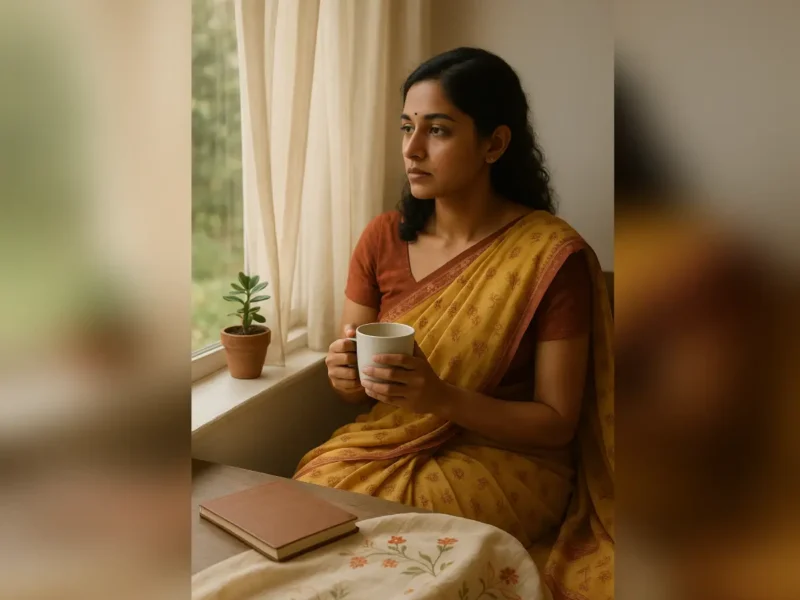
The Power of Color
Upon entering a space, we are instantly overpowered by feelings. Sometimes a sense of serenity washes over us and sometimes we feel ready to take on the world. At the same time, some spaces can intimidate us while others can inspire us. The interior design of the space dictates the mood for the room and the people in it. One of the most critical components that help set the tone for any space is color.
Interior designers are akin to artists. When they splash colors on a blank canvas, they invoke a wide spectrum of emotions in us. Have you ever wondered why the paint on the wall, the hues of furniture and the floor color make such a great impact on our minds and emotions? From plush pastels to vivid neon to calming whites, the human mind perceives each color distinctly. As a result, different colors evoke different emotional responses.
What is color psychology?
In interior design, color psychology is the school of thought that gives precedence to colors as a mechanism for creating a specific ambience and mood. Based on the color theory, each color affects a person’s mood, cognitive functions, productivity, and creativity. Color psychology ascribes different emotions to each color and interior designers influence their impact with different tints, tones, and saturation. Each hue is chosen meticulously to invoke specific emotional responses in people.
“Colors are now being used even more emotively, irrespective of hue harmonies or rules. The power of colors, be it in apparel, decor or facades is huge as they have a direct influence on a person’s psychology. Color psychology is concerned with the ability of colors to evoke different emotions within us and how we might use them to achieve the desired atmosphere or inspire a behavior inside the interior.
Role of colors
To understand the role different colors, play in interior design, we can divide them into three categories: warm, cool, and neutral. Warm colors like red, yellow, and brown tend to be vibrant, exciting, and strong. These colors can be used as accent colors for focal points in the space to inspire social activity, interaction, and optimism. On the other hand, cool colors like blue, green, and purple evoke a sense of calmness, serenity, and deep thinking. Neutral colors like white, grey, beige, and black are flexible and give a sense of space, harmony, and elegance.
How does color psychology impact interior design?
Color schemes play an integral role in interior design. The color of the walls, furniture, natural elements, decor, lights, and fixtures all influence the psyche of the people in the room. Using the power of colors, interior designers can create a favorable atmosphere or inspire a certain behavior in the space. For employees working for hours on end in their office, the right colors can boost their workplace productivity. Similarly, the right hues in the home can help people unwind after a long day and make them feel comfortable.
As the world of colors beckons interior designers to play and experiment with, they must not forget to create balanced spaces. Whether it is a residential, commercial, or professional property, the right color combination can make a lasting impact on the lives of its inhabitants. That’s simply the power of colors!




